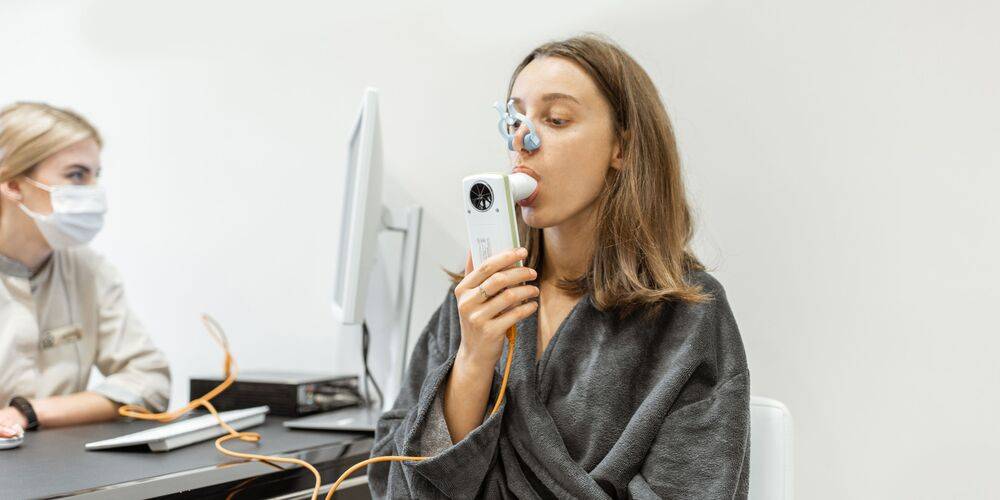Spirométrie : présente à la fois de bons et de mauvais aspects d'utilisation.
Spirométrie : son utilisation présente à la fois de bons et de mauvais aspects
08 janvier 2024, par Michael Grant White
Vous avez peut-être entendu parler de la spirométrie, le test de la fonction pulmonaire le plus courant qui mesure le volume d'air expiré en fonction du temps. Mais avez-vous déjà pensé à ses inconvénients ? Ici, nous en discutons quelques-uns.

Les tests de spirométrie dans un établissement de soins primaires améliorent considérablement l'identification précoce de la maladie pulmonaire obstructive chronique (MPOC), selon les résultats d'un essai prospectif publié dans le numéro d'avril de Chest.
Génial, mais l’inconvénient est qu’il est surutilisé. Lorsque vous inspirez ou expirez avec force, vous resserrez souvent toute la paroi thoracique, ce qui contribue à risquer ou à maintenir une respiration restreinte ou sous-optimale.
Test pulmonaire remis en question
Apprenez à mieux respirer avec le kit de maîtrise de la respiration optimale.

Rencontrez Mike White
Rencontrez Michael Grant White, le coach de respiration optimale et obtenez des informations concrètes sur votre développement respiratoire, votre santé et votre longévité.




